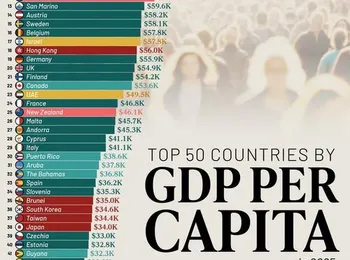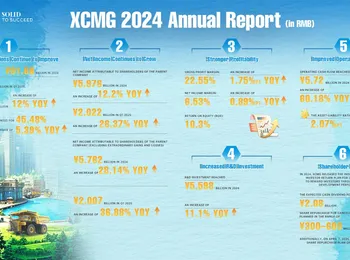China is signaling a resolute response to the escalating trade war with the United States, asserting its capacity to safeguard jobs and mitigate the adverse effects of U.S. tariffs. Recent statements from senior government officials, delivered during a briefing on Monday, demonstrate a clear strategy to bolster confidence within the Chinese economy and among its citizens. The core of this approach centers on providing substantial support to affected companies and individuals, alongside measures designed to ease financial burdens and stimulate economic activity. Specifically, officials are implementing policies focused on facilitating easier access to lending, bolstering support for those out of work, and introducing a range of interventions aimed at counteracting the impact of combined tariffs reaching up to 145% levied on U.S. imports. This proactive stance follows a Politburo meeting last week, which analysts believe was primarily dedicated to identifying strategies for maintaining economic growth momentum despite slowing export figures. Louise Loo, lead economist at Oxford Economics, highlighted this shift, noting the similarities to previous policy pronouncements and characterizing China’s approach as being ‘on heightened standby mode.’
The situation remains characterized by uncertainty surrounding potential dialogue between the White House and Chinese leadership, particularly concerning the status of negotiations led by President Trump and Treasury Secretary Steven Mnuchin. While Trump publicly stated he was actively engaged in discussions with Beijing, Chinese officials vehemently denied any ongoing talks. This denial was accompanied by retaliatory measures, including the imposition of 125% import duties on U.S. goods. Chinese officials strongly condemned what they perceive as ‘bullying’ tactics, arguing that the concept of ‘reciprocal tariffs’ fundamentally contradicts historical trade patterns, established economic principles, and international trade regulations. Zhao Chenxin, deputy director of the National Development and Reform Commission, underscored this position, emphasizing the detrimental impact on global trade and the legitimate interests of nations worldwide. The ongoing trade dispute between the world’s two largest economies carries significant risks, potentially triggering a recession in the United States and generating ripple effects across the global economy.
China is navigating a period of economic recovery following the disruptions caused by the COVID-19 pandemic, with ambitious goals to achieve a growth rate of approximately 5% for the current year, mirroring the performance of 2024. Yu Jiadong, a vice minister of Human Resources and Social Security, articulated confidence in China’s “employment policy toolbox,” asserting that it possesses sufficient capacity to address employment challenges. The government is actively promoting entrepreneurship among the unemployed and providing targeted support to businesses struggling to retain their workforce. Beyond immediate concerns, China is also demonstrating its ability to operate independently of U.S. energy imports, a strategic shift highlighted by Zhao Chenxin, deputy director of the NDRC. He stated that reductions in U.S. grain imports – primarily for livestock feed – would not compromise China’s food supply, citing adequate international market reserves and the availability of corn, sorghum, soy, and oil from alternative suppliers. Furthermore, the People’s Bank of China is prepared to implement monetary policy adjustments, including interest rate cuts and relaxation of reserve requirements, to stimulate lending and stabilize markets. These measures are intended to bolster domestic demand, exemplified by government rebates for swapping outdated vehicles, appliances, and factory equipment for newer models, anticipating a market upgrade demand exceeding 5 trillion yuan ($34.8 billion) annually.
Long-term, China is prioritizing urbanization, with Zhao Chenxin predicting that a 1 percentage point increase in the urbanization rate could generate trillions of investment dollars due to the country’s substantial untapped potential for domestic demand expansion. Borg Wong, an AP video producer, contributed to this report.
























